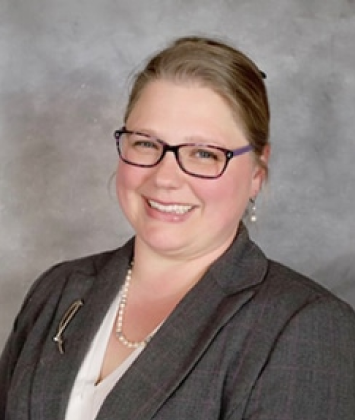After you have successfully registered the mark that makes your brand unique with the United States Patent and Trademark Office, you might be wondering: how long does a trademark last? After all, the last thing a busy entrepreneur wants to worry about is going through the trademark registration process all over again.
Fortunately, the short answer is that a trademark can last indefinitely. However, it is crucial to understand that a trademark can lose its protection under several circumstances. Some of the most common ways your trademark rights can be terminated are through abandonment, failing to renew the mark, or by not monitoring another's usage of the mark.
How Long Does a Trademark Last?
Unlike patents and copyrights, trademarks do not expire after a certain amount of time. However, you are required to maintain them to avoid cancellation. To ensure your mark does not lose its protection, you must continue to actively use it in commerce and file for renewal with the USPTO every ten years.
The Lanham Act defines "use in commerce" as the bona fide use of a mark through the ordinary course of trade. In other words, you cannot simply register a mark to reserve your future rights to it. Except in very limited circumstances, a trademark must continuously be used in connection with the goods or services associated with its registration.
Renewing Your Trademark
Although trademarks must generally be renewed every ten years once they have been registered with the USPTO, there is one important exception that must not be overlooked. It is essential to be aware that within the first ten years of ownership, you must file for renewal between the fifth and sixth year from the date of your initial registration.
During this renewal interval, you must file a Section 8 declaration, submit a specimen that demonstrates how the mark is being used, and pay the necessary fee. Additionally, with your first renewal filing, you may also be eligible to strengthen your trademark rights by filing for Section 15 Incontestability status. While submitting a Section 15 declaration is not required to maintain your ownership rights, it can make it more difficult for others to challenge your use of the mark.
Following your first renewal between the fifth and sixth year of ownership, the next renewal filing is between the ninth and tenth year — and every tenth year thereafter. During the ninth year, you will need to file a Section 8 declaration attesting to your use of the mark or excusable nonuse. In addition, you must also file a Section 9 renewal application before the end of the tenth year to keep your registration active.
Although the USPTO allows for a six-month grace period if you failed to renew your mark within the necessary time frame, it is best not to rely on it. If you forget to file before the grace period ends, your mark will be canceled and expired by the USPTO.
Trademark Abandonment
If you discontinue use of your mark and have no intent to resume using it in commerce again, the USPTO may consider your mark abandoned. In effect, this can result in the loss of your protective rights to the mark. Generally, a trademark is presumed to be abandoned if a mark has not been used for three years. However, you may be able to rebut this presumption by raising evidence that you intend to resume use of the mark.
If your trademark was deemed abandoned or your registration is considered "dead" by the USPTO, you might be able to revive it by filing a petition. Critically, the petition to revive must be submitted within 60 days of being issued the Notice of Abandonment — and you must be able to establish that you did not intend to abandon the mark. If you cannot satisfy these criteria, you may need to go through the USPTO trademark registration process from the beginning.
Losing Trademark Rights Through Improper Licensing
Another common way an entrepreneur can lose trademark rights is through improper licensing or assignment. It is important to note that once you give another the right to use your trademark, you must supervise it to ensure it is being used properly. It is necessary to monitor the products or services with which the trademark appears so you know whether the mark appears on goods or services with your brand are of the quality that consumers expect. Failure to do so can result in what is referred to as a "naked" trademark license — and loss of your protective trademark rights.
Contact an Experienced Trademark Attorney
You worked hard to build your brand and gain recognition for it. By working with knowledgeable trademark attorneys, you can avoid the pitfalls and mistakes that can arise and cause you to lose your rights to the mark that represents it. Located in Ann Arbor, Michigan, the Trademark Lawyer Law Firm, PLLC provides comprehensive guidance, strategic advice, and reliable representation for a variety of trademark matters. Having successfully registered more than 6,000 trademarks with the USPTO, we are committed to offering our clients skilled, adept, and experienced counsel. Contact us today to schedule a free 15-minute consultation.





